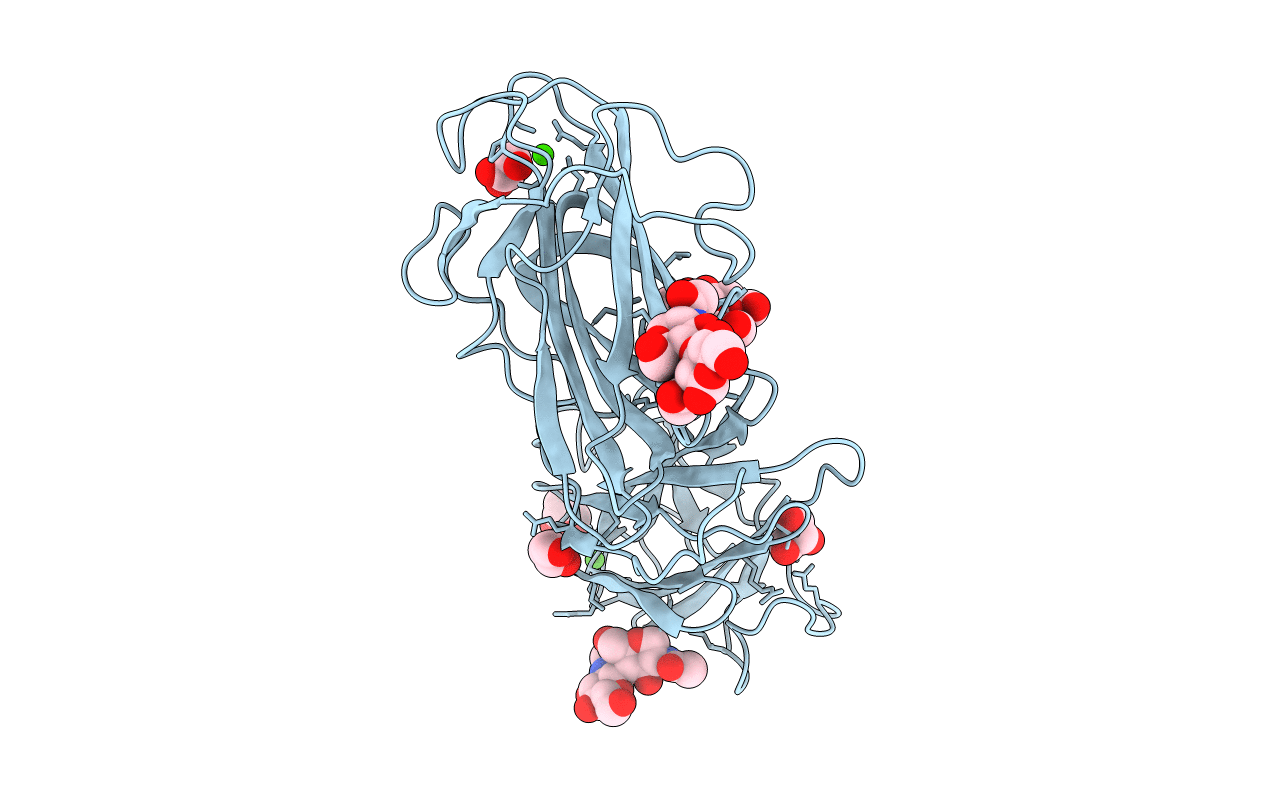
Deposition Date
2019-10-03
Release Date
2020-02-19
Last Version Date
2024-11-20
Method Details:
Experimental Method:
Resolution:
2.05 Å
R-Value Free:
0.18
R-Value Work:
0.17
R-Value Observed:
0.17
Space Group:
P 61 2 2


